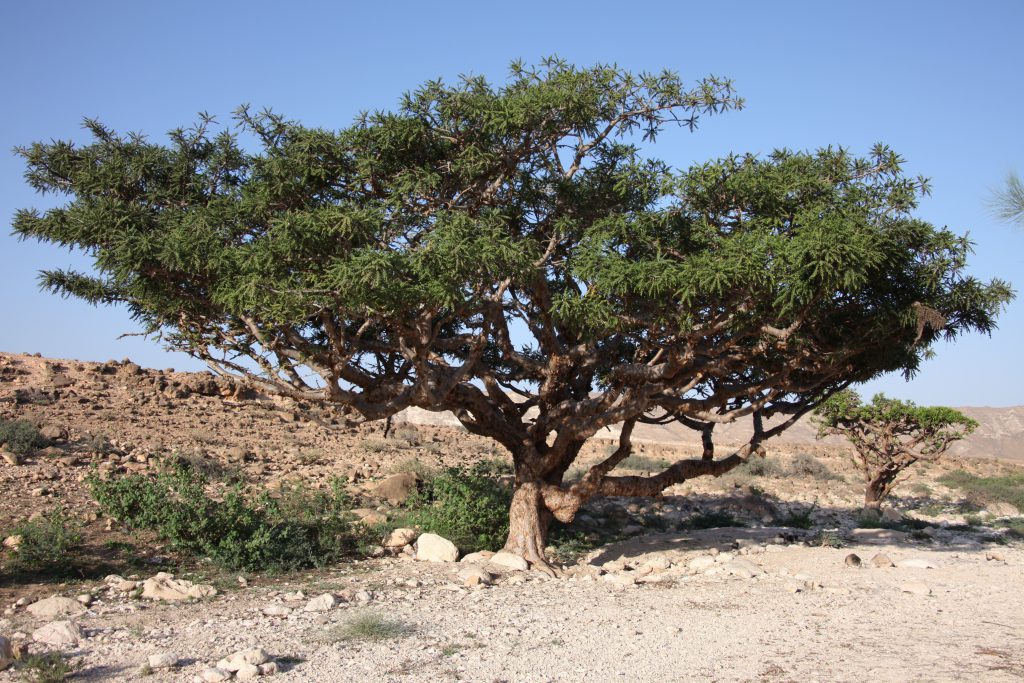PART 10: FINDING PURE ESSENTIAL OILS
EDITOR’S NOTE: Since Gary Young’s passing, we have been taking stock of the tremendous contributions he made to the world by revisiting his presentations such as this fascinating twenty-part blog post series that recounts Gary’s ongoing discoveries about pure essential oils, their properties, and their production. Here’s Part X.

Many people have tried to enter the essential oil market and have no idea about what it takes to produce a pure, therapeutic-grade essential oil, what to look for in the chemistry profile, or even how to read a GC-MS analytical evaluation. They rely on a broker to tell them whether the essential oils they are buying are pure. You might as well buy from a used-car salesman.
Some companies proudly state that their Boswellia frereana is sourced in Oman. Unfortunately, that is just not true. This species of frankincense grows only in Somalia. In addition, there have been some exaggerated claims of how much boswellic acid or incensole acetate can be found in frereana. The truth is that neither of those compounds is found in frereana at all.
I prefer to back up my statements with peer-reviewed research from the website of the National Library of Medicine: www.pubmed.gov. A paper on frankincense research is available to you in a downloadable PDF if you click here. This paper will give you real, documented facts on three frankincense varieties: carteri, sacra, and frereana.
I can tell you that Young Living’s Boswellia carteri frankincense comes from East Africa. The Boswellia sacra that we sell as Sacred Frankincense is grown in Oman and distilled in my own distillery in Salalah, Oman. I studied the therapeutic properties of these two varieties of frankincense that are very rich in boswellic acid and incensole acetate and concluded that they offer the most benefits to consumers.
To be continued . . .

